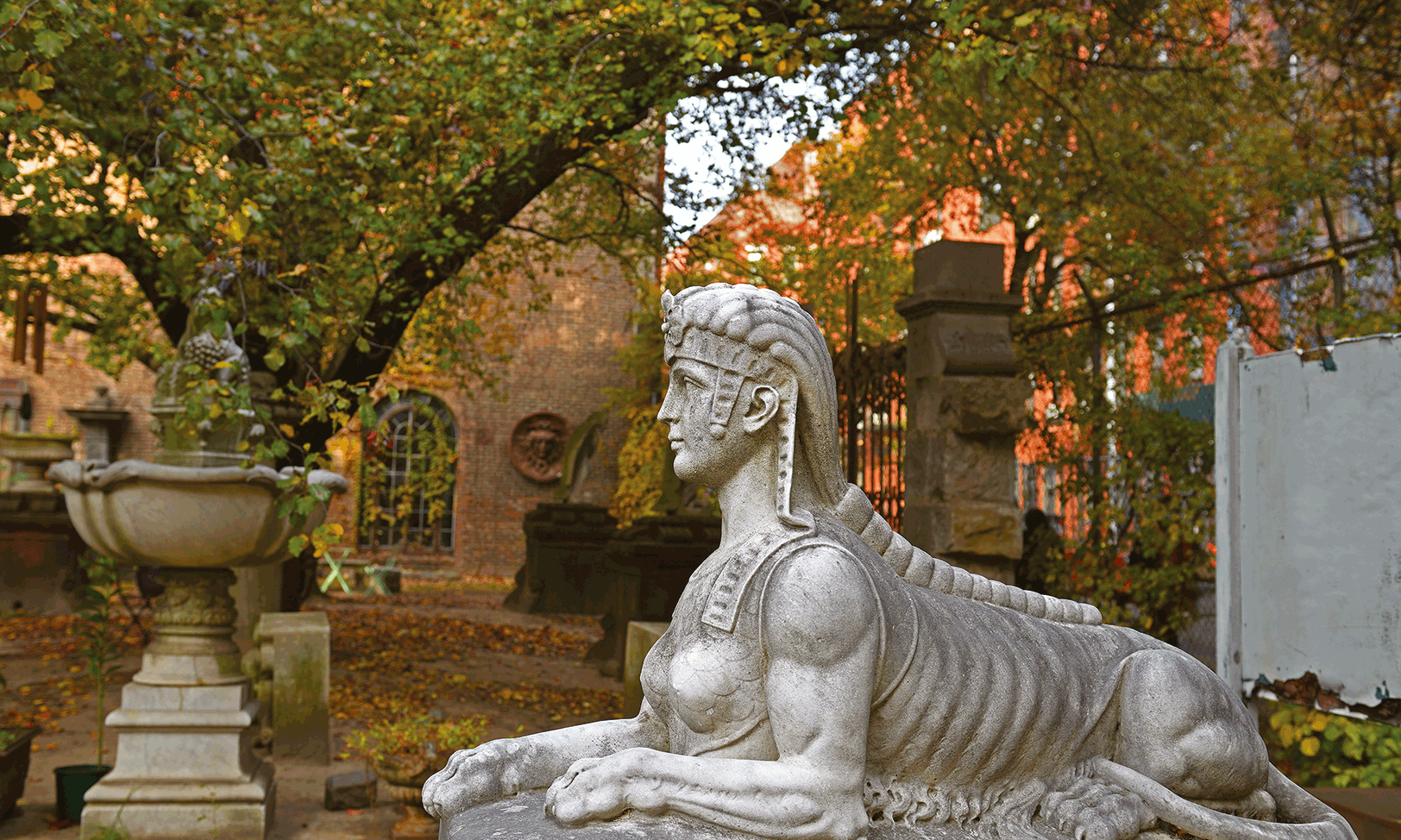Built on an abandoned lot, Nolita’s Elizabeth Street Garden features salvaged pieces of art, including Neo-Classical sculptures, and attracts around 200,000 visitors a year
Photo: Valeriyap
A community sculpture garden, founded by a gallerist in the early 1990s that is one of very few green spaces open to the public in Lower Manhattan, is in danger of being shuttered by the city in order to develop a mixed-use housing complex on the site. Now, residents and advocates are staging a last-ditch effort to save the garden.
Elizabeth Street Garden is a roughly one-acre garden in the Nolita neighbourhood of Manhattan, between Prince and Spring streets. Built on the former playground of a now-demolished early 20th-century public school building, the space is an oasis in an otherwise bustling part of the city, with trees, sculptures, sitting areas and paths open free to the public nearly every day of the year. It is the only space in Nolita or Soho that is not paved, according to the eponymous non-profit that manages the garden.
The garden was first built in 1991 as an “outdoor extension” of Elizabeth Street Gallery, says Joseph Reiver, the executive director of the Elizabeth Street Garden non-profit. Before his father, Allan, began leasing the site on a month-by-month basis from the city, the garden was an abandoned lot. He cleared out the lot and planted trees and other plants, and installed salvaged pieces in the garden, including Neo-Classical sculptures and historic architectural elements, like the space’s balustrade and gazebo, designed by the Olmsted Brothers.
“I worked closely with my father to do this when I got older and got more involved in the garden,” Joseph Reiver says. “It really became a work of art in its own right.”
Allan Reiver opened up the Elizabeth Street Garden to the public in 2005 via an entrance through his gallery located in an old firehouse next-door. But in 2013, he learned that the city planned to demolish the garden in order to develop the site. He began a decade-long process of defending the garden and created the non-profit of the same name that his son now runs. That same year, he installed a separate entrance, allowing more visitors to experience the garden. Around 400 volunteers help welcome guests and host community film nights and free yoga classes. Joseph Reiver says the garden has around 200,000 visitors per year. However, the garden is still scheduled to be destroyed as early as this month by the city in order to pave the way for a mixed-use development. Residents and supporters of the space are staging last-ditch efforts to change the city’s plans. Allan Reiver died at age 78 in 2021, and Joseph continues his father’s fight to preserve the garden.
Photo: Beto Motion
The proposed development, called Haven Green, would be made up of 123 studio units, along with retail space on the ground floor and office space for Habitat for Humanity, which has partnered with the city for the development. Those units would be offered as affordable housing for elderly members of the LGBTQ+ community, developers say, though advocates for the garden say the affordable rent would only last between 30 and 60 years before rising to market rates again. (“People tend to forget that affordable housing can often be used as a Trojan horse to acquire land,” Reiver says.)
In May, a judge set a 10 September eviction date in a ruling against the garden in a case stemming from 2021. And in June, the New York State Court of Appeals issued a six-to-one ruling allowing the city to proceed with destroying the garden. One member of the appeals court, Judge Jenny Rivera, agreed with residents over concerns that the climate change impact of the project had not been properly reviewed.
“There's a lot of ways you can address the housing crisis without destroying a community garden,” Reiver says. “Green space is equally as vital, and we’re in the middle of a climate crisis.”
Since the May ruling, the nonprofit has launched a letter-writing campaign to New York Mayor Eric Adams and other officials. More than 360,000 letters have been sent through the effort, Reiver says.
“It’s not like we’re saying ‘don’t build in the neighbourhood’. We’re just saying ‘don’t destroy a garden in order to do what you want to do’. It’s a false choice at the end of the day,” Reiver says. He adds that the Elizabeth Street Garden group has proposed several alternative sites, including an empty lot around the corner; another site ended up being developed by the city eight years after the non-profit first proposed it.
“Once Elizabeth Street Garden is gone, New York will never have something like this again,” Reiver says.

